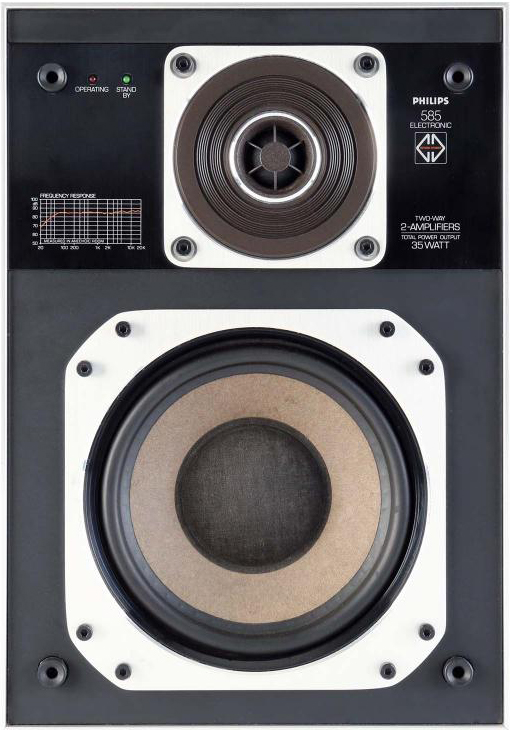Pink Triangle Integral
Like many, I thought Pink Triangle was long gone. This company, after all, wallows in the glory of being a part of the 'cottage industry', a brand unlikely ever to reach an annual turnover of nine figures, employees in the thousands and its own hall at the Internationalen Funkausstellung. Indeed, with hand on heart, I'm genuinely amazed that Pink...











